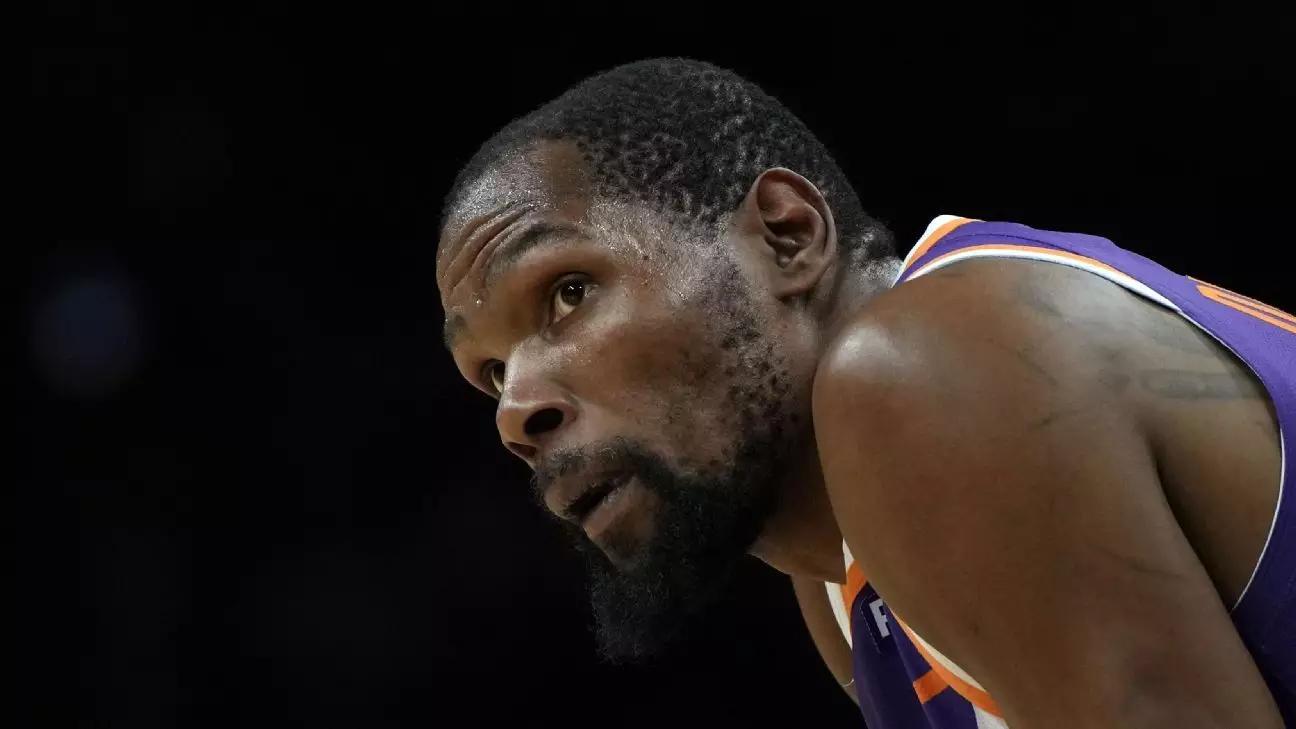The recent blockbuster deal that culminated with Kevin Durant’s move from Phoenix to Houston is more than just a transaction; it signifies a seismic shift in how NBA franchises approach team building and strategic positioning. This multi-layered trade, spanning across seven teams and involving a dizzying array of players, picks, and assets, demonstrates a willingness to challenge traditional limits and embrace complexity in pursuit of greatness. In an NBA landscape increasingly dominated by superstar power and strategic agility, this trade highlights a shift toward more ambitious, interconnected maneuvers designed to reshape power dynamics league-wide.
What makes this trade truly revolutionary isn’t solely the player movement but the sheer scale and intricacy involved. Seven teams, nearly a dozen second-round picks, and several star players—this wasn’t a simple swap but a chessboard maneuver, meticulously crafted to serve multiple franchise goals simultaneously. Such complexity illustrates a league where creative asset management and bold risk-taking are becoming norm rather than exception. It also exposes an unspoken truth: in today’s NBA, static roster building is passé; agility, flexibility, and audacity are key to competing at the highest level.
Strategic Tremors and the Real Power Play
The core of this deal—Durant’s trade from Phoenix to Houston—disrupted the league’s balance and sent shockwaves through roster strategies. The Suns, initially attempting to contend with Durant, now pivot to a different trajectory by acquiring multiple draft assets and cap flexibility. Meanwhile, Houston, by acquiring Durant, signals an intent to contend immediately rather than develop slowly. The trade’s ripple effects extend beyond immediate roster changes; they serve as a blueprint for how NBA teams can leverage draft picks and salary cap maneuvers to position themselves competitively.
What sets this apart is the collaboration among multiple teams working within the league’s constraints—such as the NBA’s moratorium period—and still executing a high-stakes deal that relies on strategic timing and negotiation finesse. The act of Phoenix maneuvering to acquire additional second-round picks and spread assets across various teams underscores an evolving understanding: that the future of competitiveness hinges on smart asset management. This mega-trade exemplifies a proactive, aggressive approach, transforming how teams will view the potential of deals beyond star acquisitions, emphasizing the future-building aspect of NBA strategy.
Asset Management as a Premier Tool for Power
The breadth of draft picks involved—12 second-round selections—illustrates how teams are increasingly valuing draft capital in unprecedented ways. It’s a strategic acknowledgment that youthful talent, flexibility, and future assets are just as critical as on-court stars. The fact that teams like Phoenix and Houston could orchestrate these multi-layered deals, rerouting picks and cash considerations, signals a new era where asset control and flexibility are the true currency of success.
This trade also reveals an important insight: the league is shifting towards more nuanced roster management. The inclusion of players like Clint Capela returning to Houston exemplifies strategic depth—adding a seasoned center behind young star Alperen Sengun. Such moves are not impulsive but calculated to build depth and sustainability. This exemplifies how modern franchises aim to remain competitive not just by acquiring stars but by creating versatile, multi-dimensional rosters built from draft, trade, and salary maneuvers.
The Psychological and Cultural Dimensions
Beyond the tactical and strategic implications, Durant’s own reflections highlight the human element—the acknowledgment of a journey filled with growth, adaptation, and new beginnings. His message underscores the importance of community, camaraderie, and resilience. For NBA fans and aspiring players, such insights humanize an otherwise highly competitive business, reminding us that these transactions are motivated not just by contracts but by stories, ambitions, and shared experiences.
This sentimental layer offers a deeper understanding of player movement—it’s about more than winning titles; it’s about evolving narratives, personal growth, and seizing new opportunities. Durant’s move, in this light, is not just an NBA transaction but a chapter in his personal journey, symbolizing renewal and ambition.
Looking Forward: The Future of NBA Transactions
The recent seven-team trade signifies a paradigm shift, challenging the traditional view of franchise-building. It heralds a future where league-wide collaborations, complex financial maneuvers, and strategic asset management will be the staples of competitive success. NBA teams are no longer confined to isolated transactions; they now operate as interconnected entities, orchestrating multilayered deals to chase elusive championships.
Moreover, this trade underscores that bold risks and strategic innovation are not just optional but necessary in today’s hyper-competitive league environment. As teams become more sophisticated in their approach, expect a continued increase in complex trades involving draft picks, salary cap strategies, and multi-team collaborations.
As the league evolves, so too does the blueprint for success—a template where agility, strategic depth, and a willingness to challenge norms define the new frontier of NBA excellence. The ripple effects of this trade will influence franchise strategies for years to come, encouraging teams to think bigger, bolder, and more creatively in pursuit of greatness.


Leave a Reply